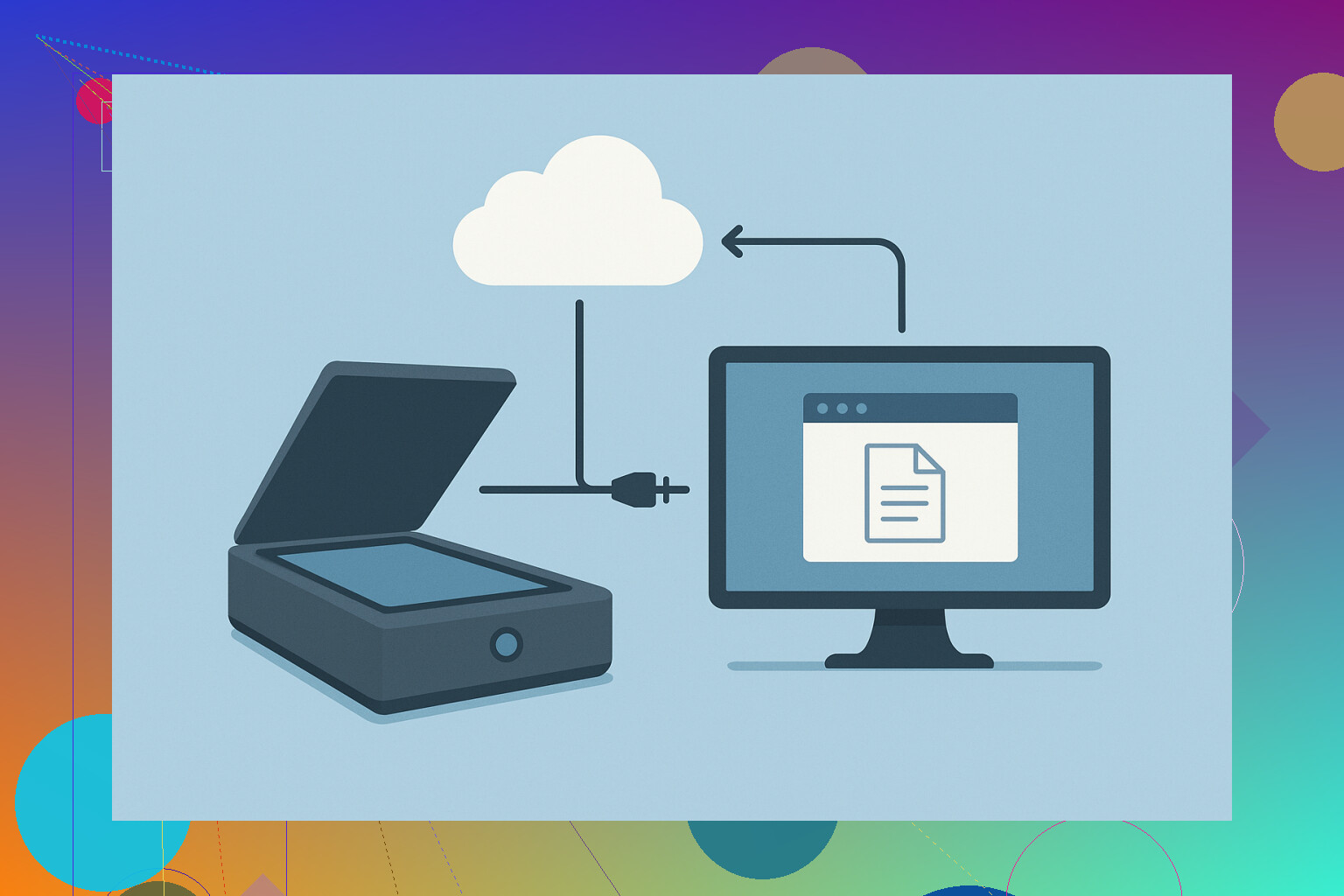I need to access my USB scanner from another computer over Ethernet. My scanner is only USB, but I want to use it from a different room without moving it. Has anyone been able to share or network a USB-only scanner? I’d appreciate any advice or software suggestions to get this working.
Yeah, so here’s the thing: USB-only scanners are notoriously stubborn when it comes to network sharing, because they don’t natively support any kind of network connectivity. If you want to operate that scanner from another room (or desk, or heck, another ZIP code), you basically need to create a “virtual USB cable” over your network. You can’t just share it like a printer through Windows—scanners don’t play nice like that.
What you want is something called “USB over Ethernet” software. The top rec for this is USB Network Gate. It lets you plug your scanner into one PC, run the software, and then access it from any other computer on the same network like it’s plugged in directly. Zero moving of hardware, zero running USB cables up and down the hall. It supports most brands, works over WiFi or wired networks, and even handles stuff like isochronous data (yep, nerdy scanner requirements).
There are hardware USB-over-Ethernet extenders, but trust me, software is easier, cheaper, and more flexible for typical home or office use. You can see a solid walk-through here: share your USB scanner efficiently across your network. Once set up, you’ll launch the scanner app on your remote PC, and it’ll “see” the scanner just as if it’s right there.
In short: USB Network Gate does exactly what you want, without trip hazards or lugging gear. There are free trials too, so you can test before you commit.
@hoshikuzu isn’t wrong—scanners are a pain to share compared to printers, and those “virtual USB cables” they mention really are magic. But honestly, as much as everyone raves about this so-called USB over LAN software, I’ve been burned by it too many times. Compatibility can be all over the place (Canon, I’m looking at you), and sometimes you get stuck with license fees you didn’t budget for. Still, if you’re willing to put in a bit of setup work, USB Network Gate is probably the least headachy route for most people—it works with the majority of brands and actually lets the remote computer act as if your scanner is local.
Now, if you’re running a home with just a couple PCs and the scanner isn’t ancient, I’d also consider using an old PC or a Raspberry Pi as a “scanner server.” Load up something like SANE (on Linux) or try a network scanning tool for Windows that’ll expose the scanner over the LAN using SANE or TWAIN. You’ll lose plug-and-play, but gain flexibility—plus, you’ll own the setup, not some random app.
If you hate the idea of software licenses and have a friend handy with hardware, there are USB-over-network hardware boxes that literally bridge USB to Ethernet. They’re a bit clunkier than an app, not always cheap, but they’re dead simple once set up—no surprise bills, no weird drivers. They don’t support every scanner but might be worth a shot if you’re technical enough.
Quick pro-tip: Windows’ built-in “sharing” options do NOT work for scanners if you’re hoping for push-button setup, because Microsoft and scanner vendors never got that memo, apparently.
If you haven’t already, check out this clear rundown on how to make your USB scanner accessible across your network; lots of real-world context and workarounds, plus step-by-step info without much fluff.
So, short version: USB Network Gate works for most, but don’t expect miracles with super old/scarce devices. DIY Linux box is a geekier, no-license path. Sometimes hardware bridges are better (for control freaks or those burned by software snafus). Either way, I’d avoid running a mile of USB cable unless you love crawling under furniture and explaining tripping hazards!
Honestly, sharing a USB-only scanner over the network gets messy real quick—total relic tech that never wanted to play with modern networks. Sure, USB Network Gate was suggested already (and it’s popular for a reason: set it up, click through, and suddenly your ol’ scanner lets you work from that comfy chair two rooms away). It’s got a snappy interface, and it really does act like plugging in a looooong USB cable, minus the tape and regret. Bonus points: it supports most brands and you can try before you buy.
But if I’m being real, the price tag shows up fast, and some drivers (hellooooo, weird old Canons) don’t cooperate no matter how many “compatibility modes” you beg them through. You’re also locked into a license, unlike hacking together a Pi or leaving an old laptop doing SANE duty on the shelf—where @shizuka was onto something for advanced tinkerers. That option’s geekier, slightly more work, but also way more flexible if you don’t trust corporate magic or like messin’ with config files.
You won’t get miracles using built-in Windows sharing (scanners basically sit out those features while printers lap it up). And hardware “USB device servers”? Yeah, those gadgets exist—they’re the physical dongles to this software’s app. Usually pricier, can be outdated, but sometimes just work if you’re allergic to annual fees or never want to see a software pop-up again.
So: USB Network Gate—super easy, fast to test, usually works; but expensive and can stumble with weird drivers. DIY Linux/Pi route—cheap, trusty, but more hand-holding required upfront. Hardware bridges—reliable, not flexible, sometimes more expensive than just buying a new network scanner.
Pick your poison: pay for speed, spend time for flexibility, or splurge on hardware if you want set-it-and-forget-it simple. Just don’t expect plug-and-play joy like with printers. And for the love of your shins, never run a USB cable under the rug if you value your toes.
